Category: social networking
-

On the Importance of Media Literacy in the Smartphone Era
Reading Time: 4 minutesWithin the last two weeks children have headed back to schools. As a consequence of this schools, towns, villages, and ‘states’ are banning mobile phones for children and teenagers. In theory this is a fantastic, and simple solution. In practice this is failing society. Plenty of adults, from my generation, and younger,…
-
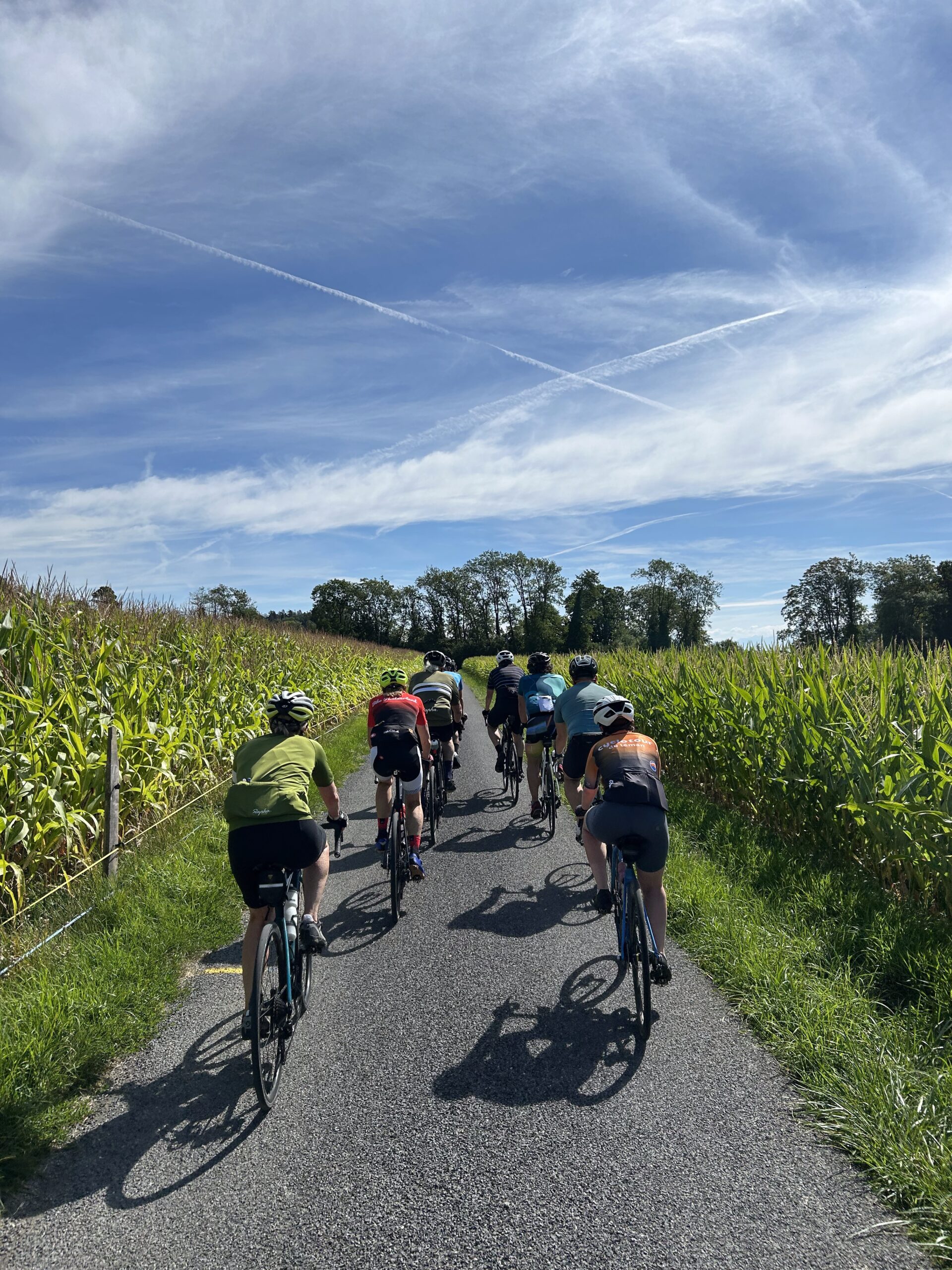
The Advantage of a Sweeper/Coach
Reading Time: 3 minutesWhen I ride with some groups I have to ride hard. I have to keep the wheel and stay with the group because if I get dropped then I need to work hard to get back onto their wheels. In contrast when I ride with other groups, as a result of having…
-
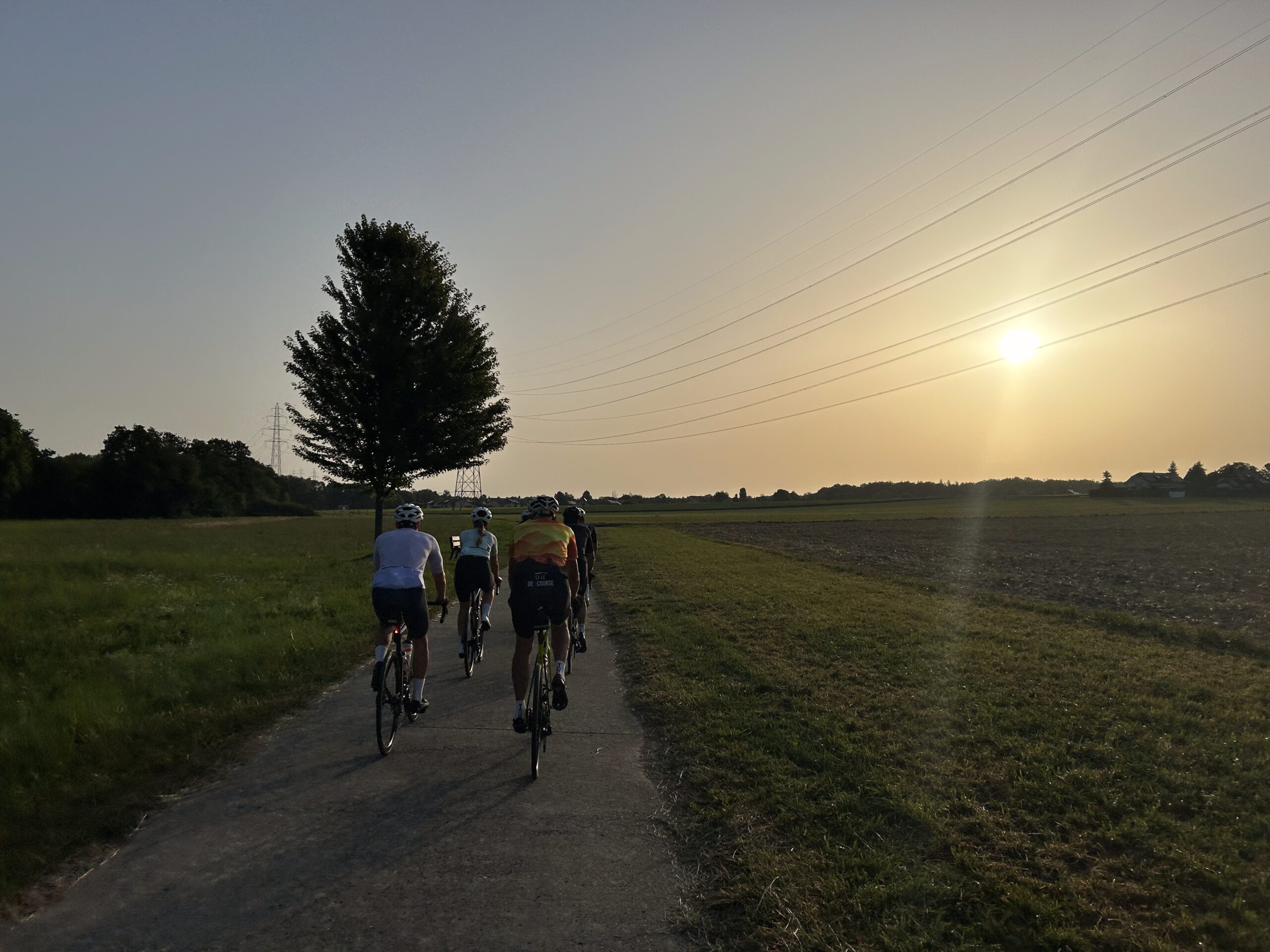
One Weekend – Two Pinnacle Rides
Reading Time: 2 minutesThis weekend I know of two challenging rides that I could do. The first is a 140km ride with 2000m of climbing, eventually getting to the top of the Salève. The second is a 153km walk with 2500m of climbing to the Col Du Grand St Bernard. Col Du Grand St Bernard…
-
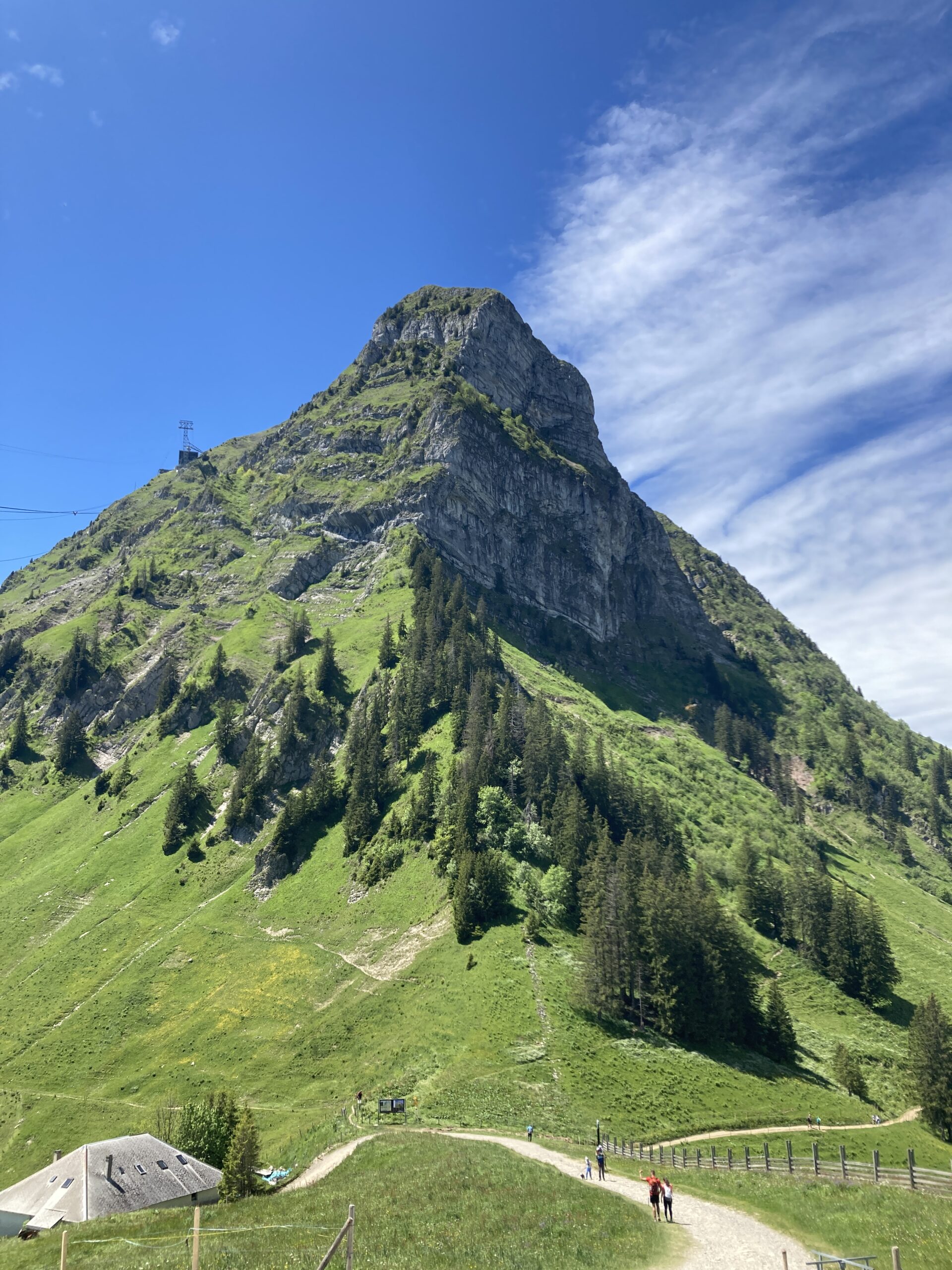
The Desire to Cancel an Event
Reading Time: 2 minutesPre-broken arm and pre-pandemic I was deeply passionate about via ferrata and I went up every single weekend in summer. Since my broken arm, and since the pandemic I have lost almost all desire to do via ferrata. It’s a sport that I loved because I loved finding new places. The issue,…
-
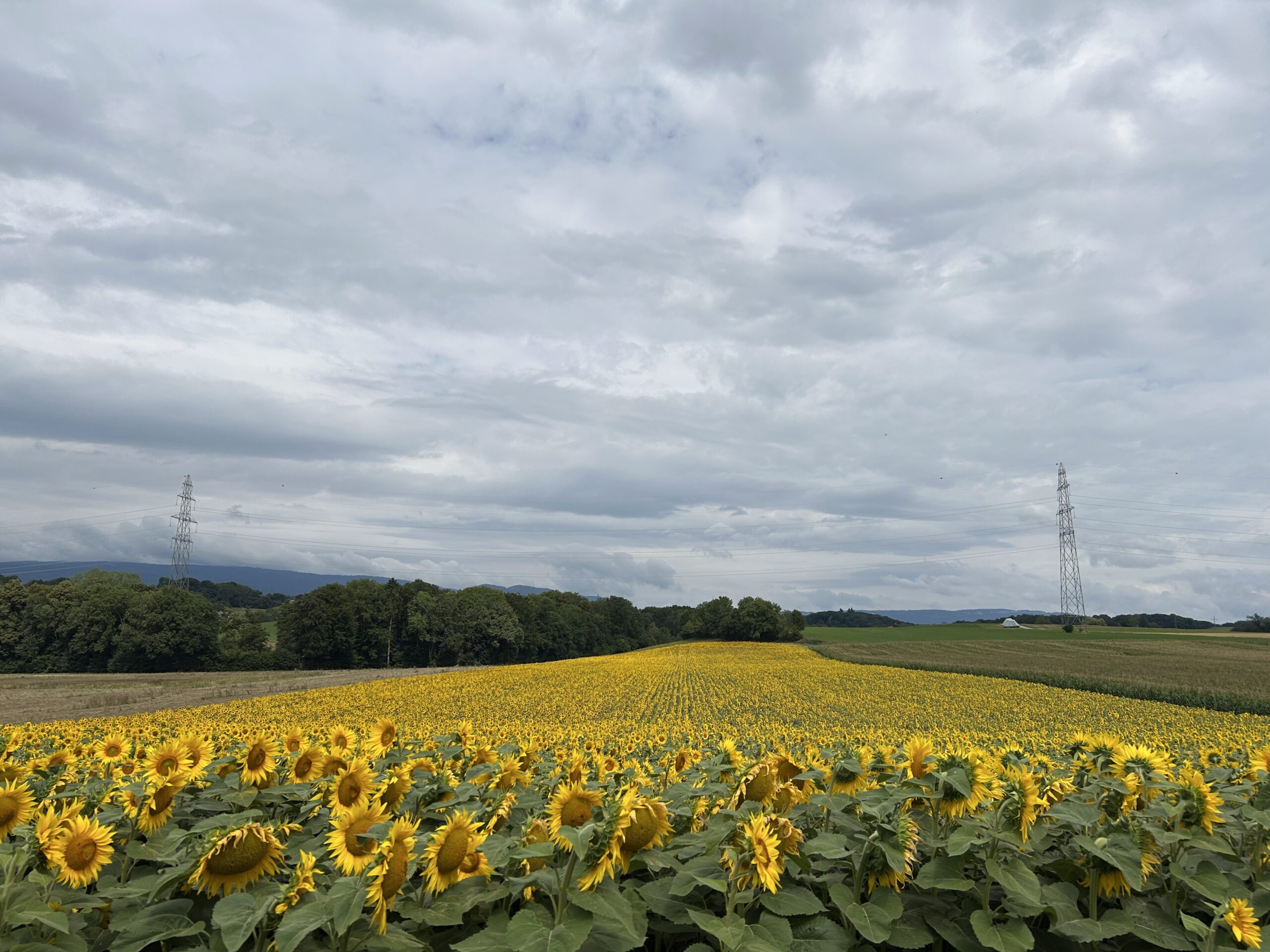
Strava July Cycling Elevation Challenge Success
Reading Time: 2 minutesFor seasons, or even years I saw the Strava Elevation Challenge and I thought "I won’t even try this challenge, because I will fail". This month I tried it, and I succeeded. Not only did I succeed to climb the 7000m suggested by the challenge but I got to 10,415m. I overshot…
-
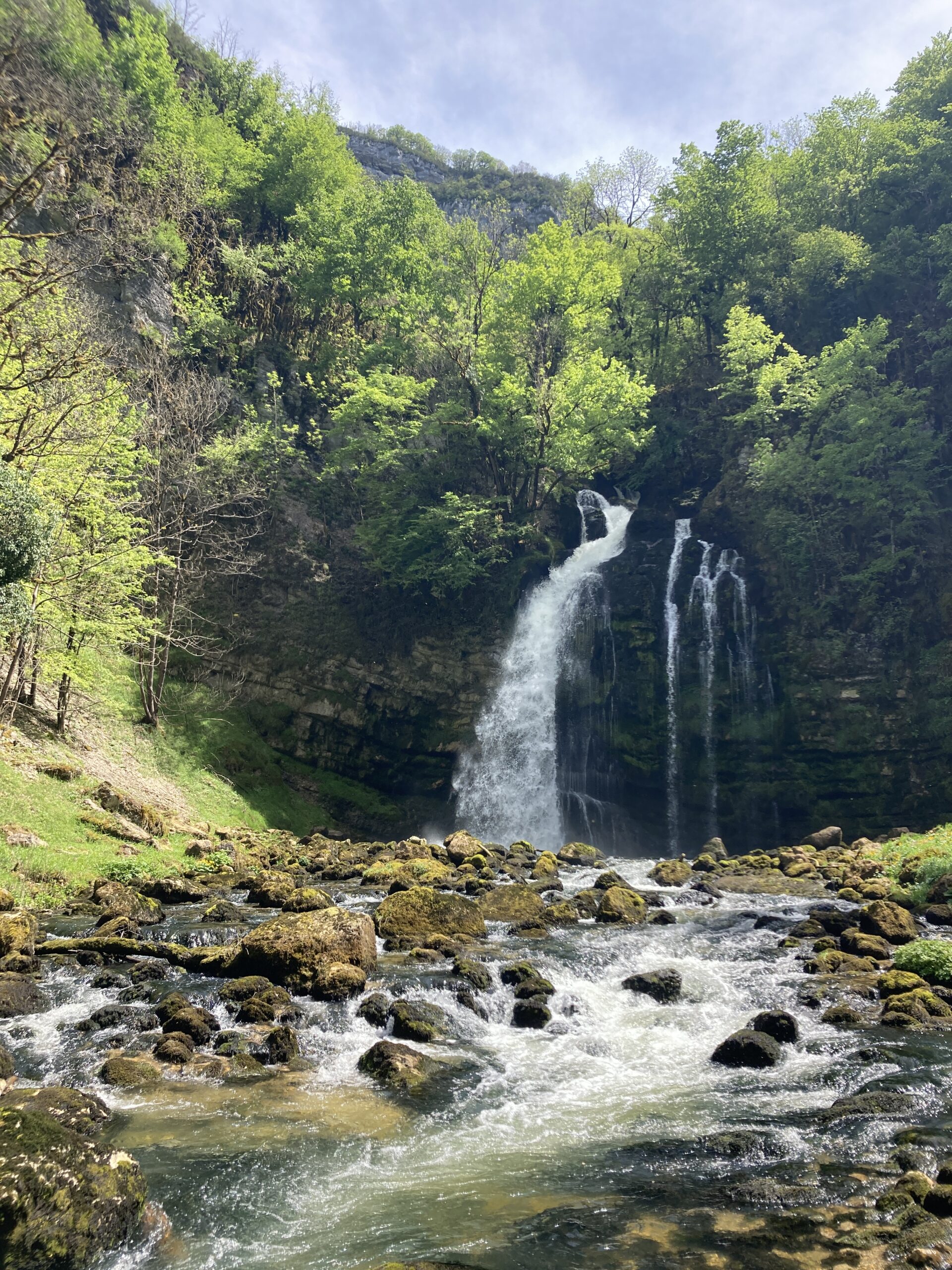
Mediocre Content, YouTube, and Children
Reading Time: 4 minutesAs long as two years ago I stopped paying for YouTube Premium because I was disgusted by the crap that it was recommending to me. Within the last week the United Kingdom has requested that websites age verify their users in order to allow them to use a site. At first this…
-

The Weekend Without Social Cycling Plans
Reading Time: 2 minutesFor the first time in weeks I have no social plans this weekend due to two factors. The first is weather. It’s meant to rain both days so I’d rather not plan to do something that needs to be cancelled due to bad weather. The second reason is due to the selfish…
-
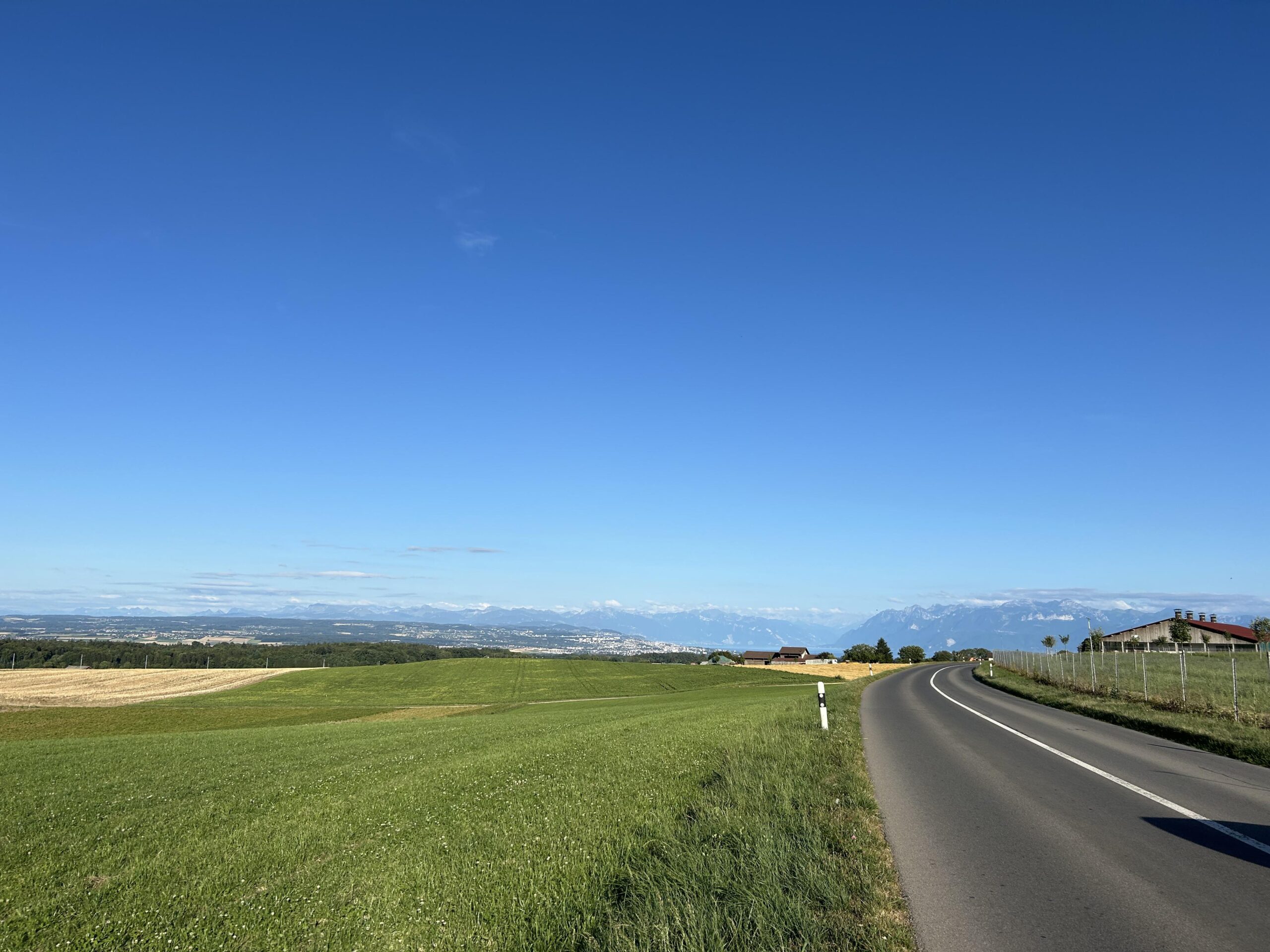
The Tuesday Solo Ride
Reading Time: 2 minutesYesterday I didn’t dress for cycling. My plan was to see if I could get the power meter to work and then go for a short ride. In the end I found that as one device failed to detect them I would try a second. The second worked after a few seconds.…
-
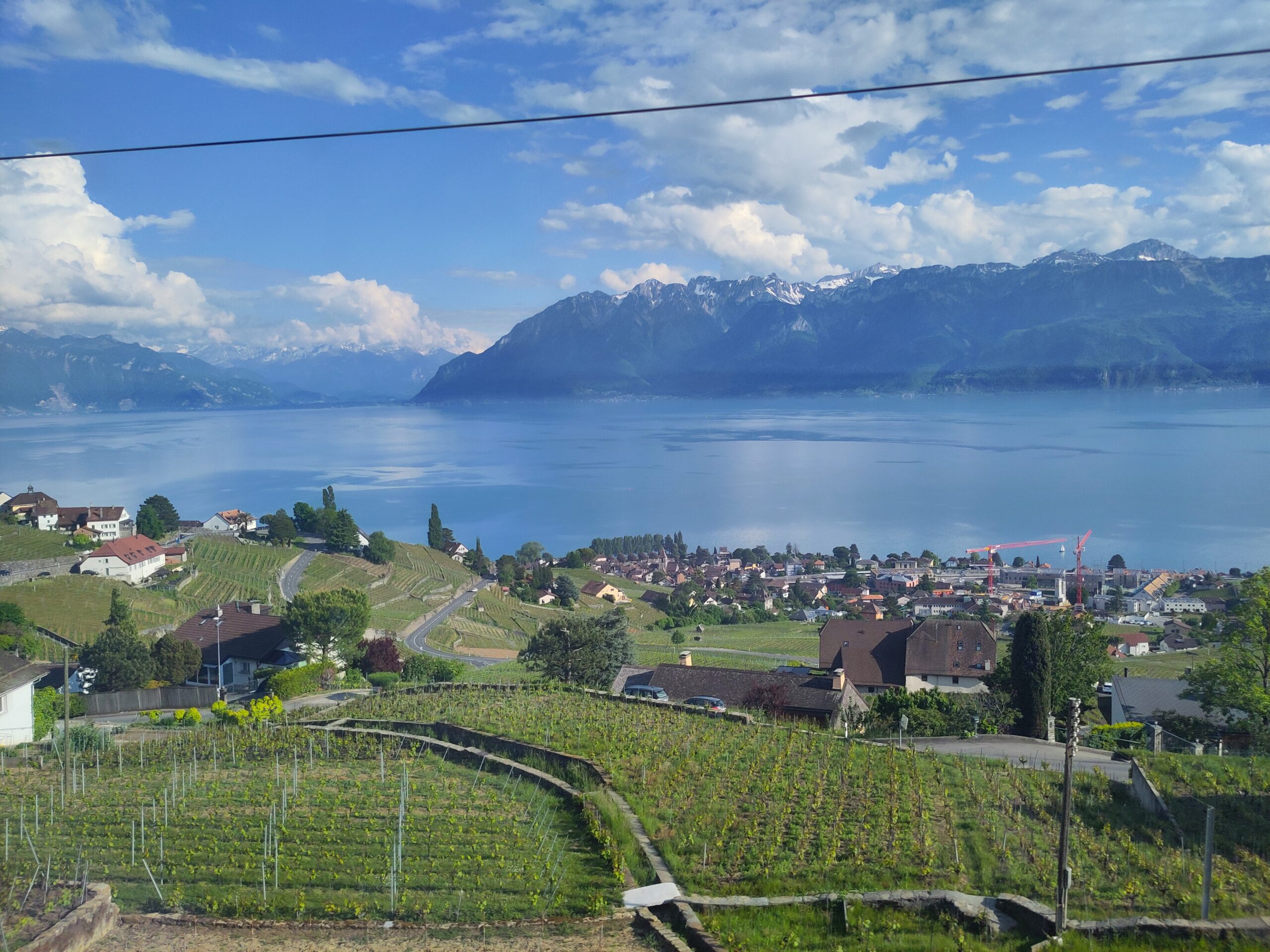
How to Share the Strava Flyover
Reading Time: < 1 minuteYesterday I was playing with Strava Flyoveers and I tried to share the videos of flyovers but rather than sharing the video as I had wanted to do it shared a hyperlink to the activities that were already shared. I then tried to share via Instagram but the result was a…
-
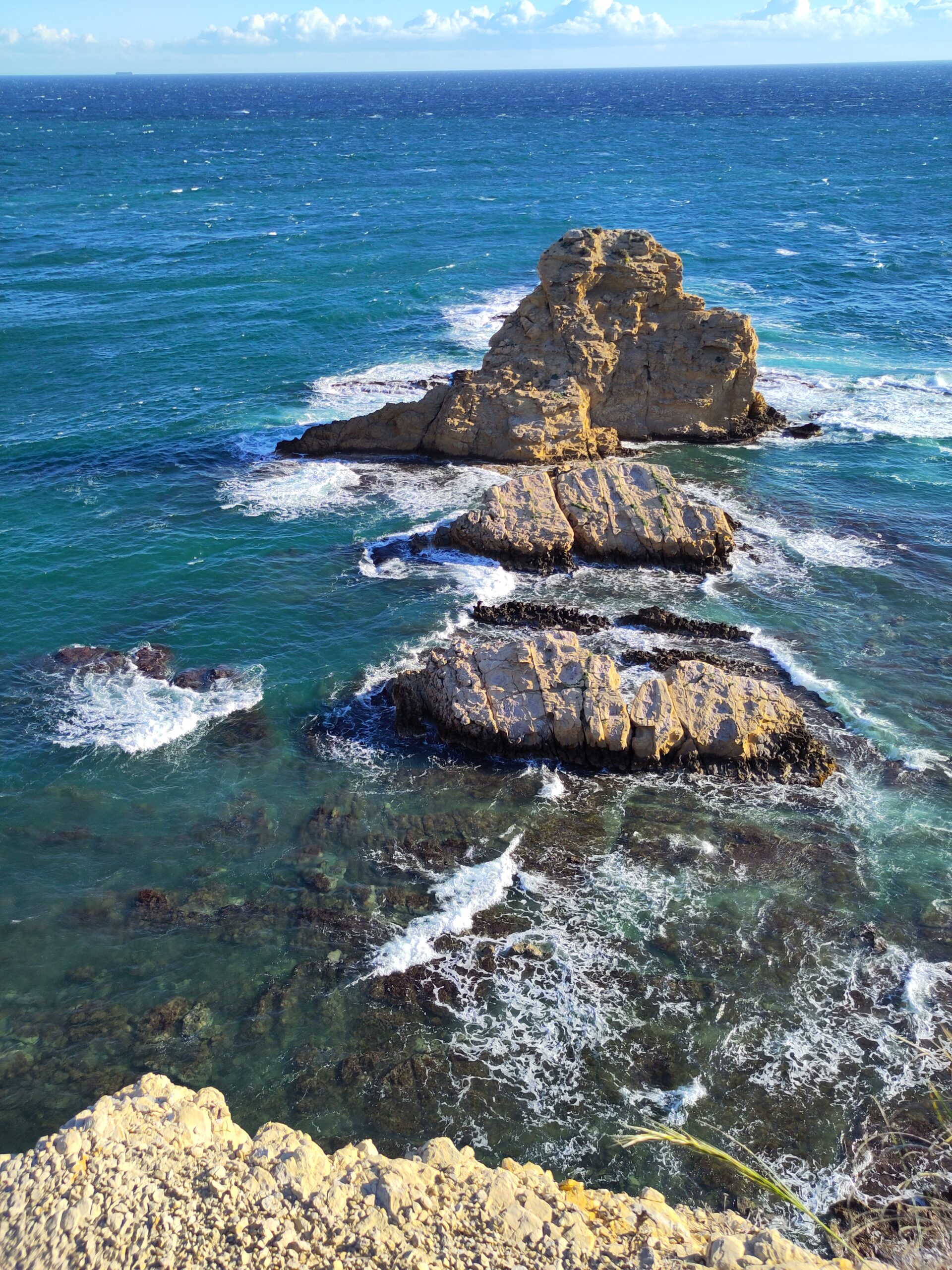
The Call of the New And Cycling
Reading Time: 3 minutesThis weekend I cycled 160 kilometres with the Bike Club Switzerland Group via Meetup.com. In the process I find that I appreciate the community more and more. I appreciate that the groups are small, but also that people are like-minded. By like-minded I mean that people are sporty. Today we went for…